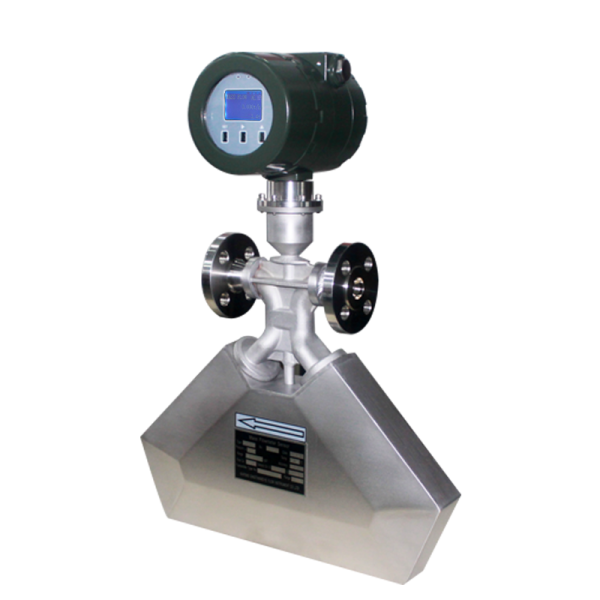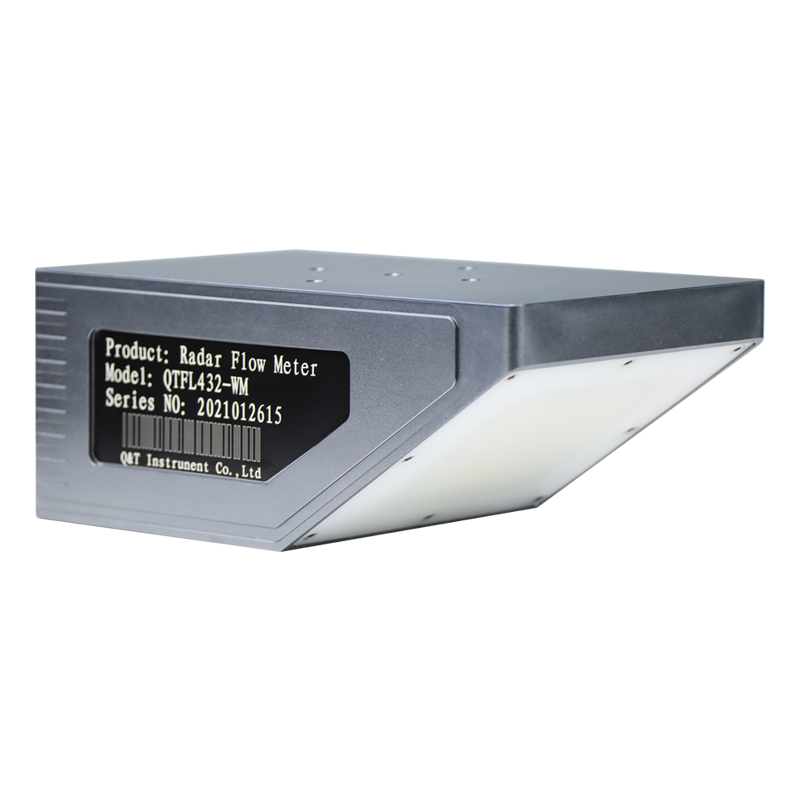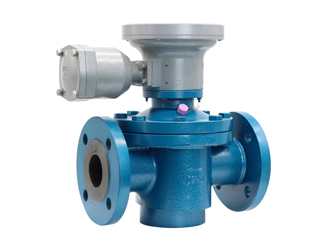Have you done your lightning protection work?
How do lightning strikes cause damage to the instrument?
There are two ways for lightning to damage the instrument system: direct lightning current and electromagnetic induction current. Direct lightning is lightning that directly hits actual objects such as buildings, ground, facilities or equipment. For the instrument system, it is the lightning that directly hits the instrument body or the signal line. The medium-strength direct lightning current is about 10 ~ 80kA.
Electromagnetic induction current is the impulse current generated on the line by the electromagnetic induction of the direct lightning current in the area near the line, also known as lightning surge. The intensity of the surge current varies according to the actual situation, about tens to hundreds of amperes. The direct lightning current on the line or the surge generated by lightning electromagnetic induction will flow to both ends of the line, damaging the measuring instrument and the signal receiving instrument.
How to do a good job of protection?
The basic principle of instrument lightning protection is current limit, pressure limit and energy limit. Try to leak most of the lightning current into the ground before it reaches the meter, and limit the voltage generated by the residual lightning current to the range that the meter can withstand, so that the meter is not damaged by lightning. Due to the short duration of lightning, the residual lightning current will not cause effective interference to the signal.
1. Ground the field instrument
The meters, instrument cabinets, and control cabinets are all reliably grounded. The grounding resistance of the ground wire shared by the lightning protection device and the electronic equipment should be ≤1Ω; the grounding resistance of lightning protection should be ≤5~10Ω (soil rate ≥100Ωm), and the grounding resistance of the pole road cable should be ≤20Ω.
The metal shell of the field instrument is connected to the mounting bracket through the grounding screw and the grounding wire. The metal shell of the mounting bracket, instrument protection box, junction box and cabinet are connected to the electrical grounding facility or to the grounded metal body nearby. Metal equipment, containers, towers and field instruments on the operating platform use the equipment and operating platform for equipotential connection. The metal protective tube of the instrument cable can be used as a certain section of the conductor in the ground connection.
2. Front-end power supply plus surge protector.
The field instrument adopts the assembled surge protector, and the built-in integrated surge protector can also be used for the instrument that is inconvenient to use the assembled surge protector. For the radar level gauges, servo level gauges, electric valves and other instruments commonly used in tank farms, built-in surge protectors can be used to facilitate complete sets and installation.
The prefabricated surge protector is installed on the vacant inlet of the field instrument or the three-way interface equipped outside the inlet, which is a better installation method. The external three-way interface adopts a sealed thread installation structure, such as: NPT taper pipe thread.
3. Power supply selection
The instrument power supply can choose 24v power supply, and it also has a certain lightning protection effect.
4. Select shielded wire as signal transmission line
The wire for signal transmission and the power cord of the instrument are all connected with shielded wire, and the shielded wire is well grounded.
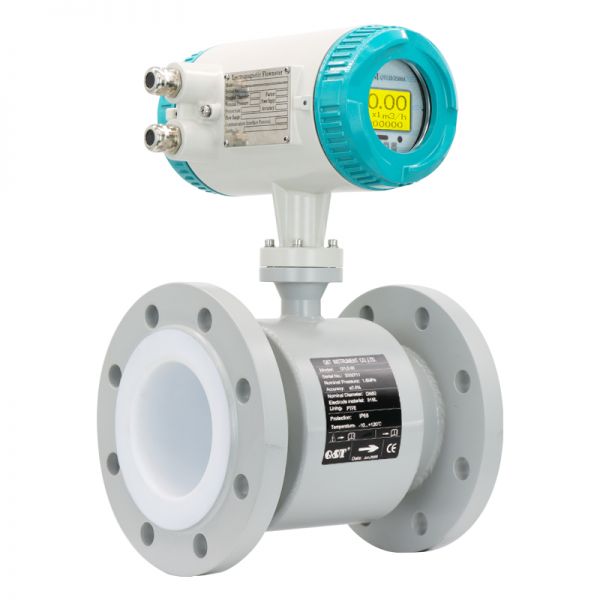



.jpg)
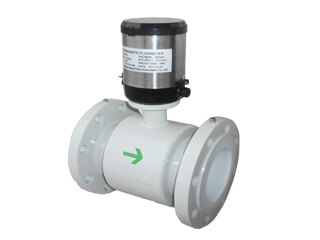
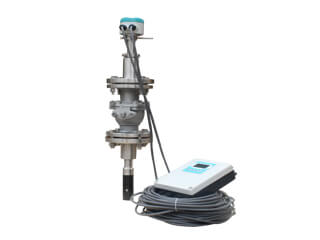
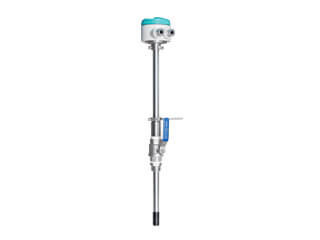
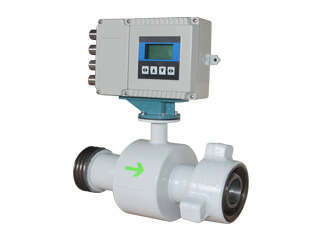
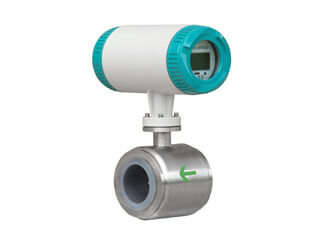
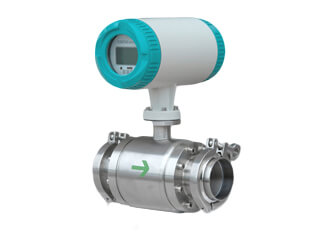
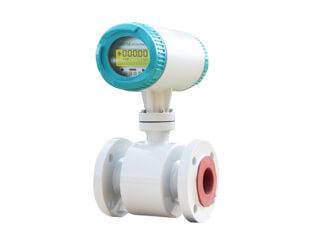
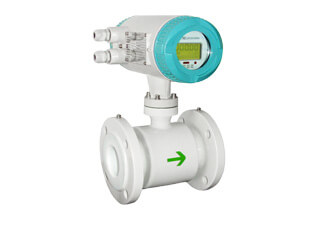
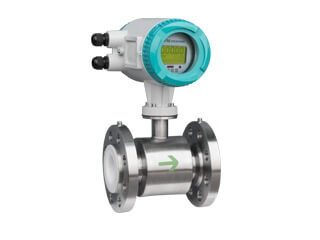
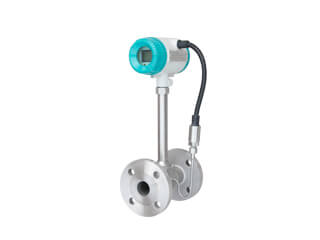
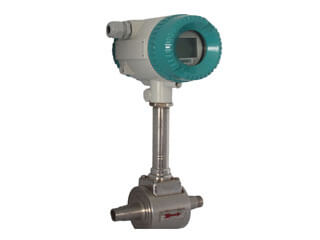
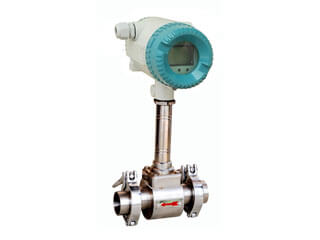
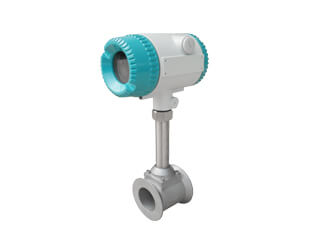
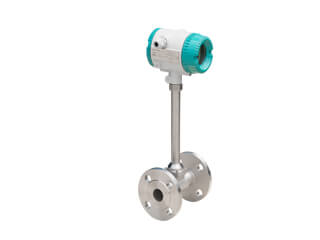
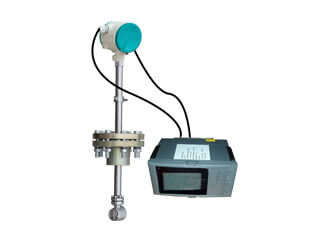
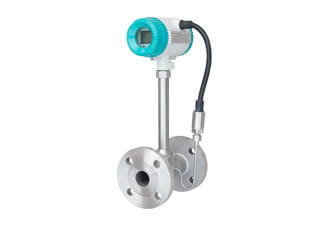
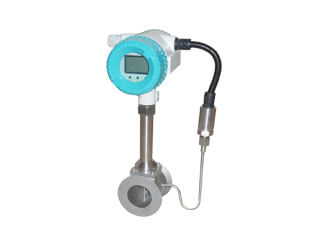
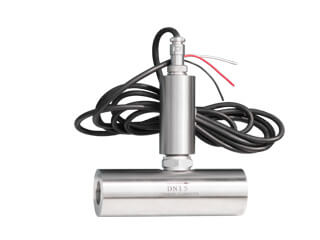
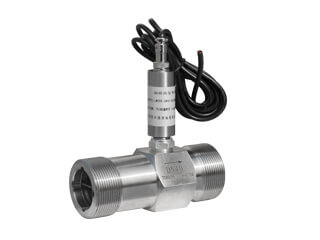
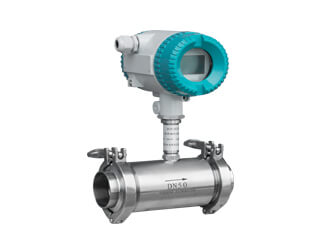
.jpg)
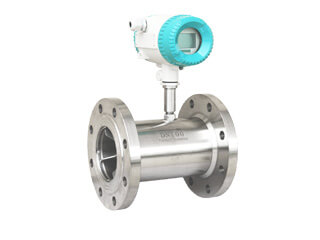
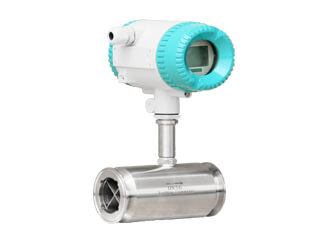
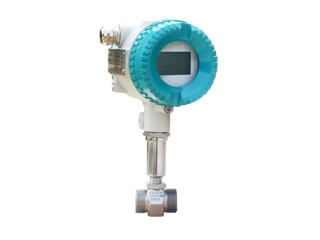
.jpg)
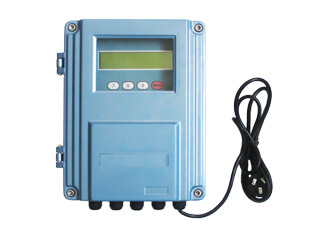
.jpg)
.jpg)
.jpg)
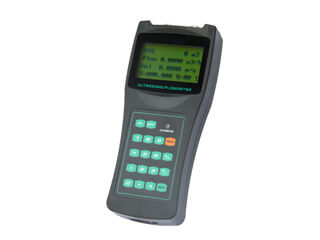
.jpg)
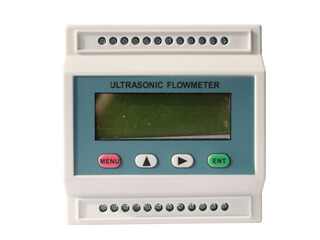
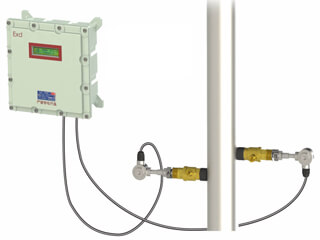
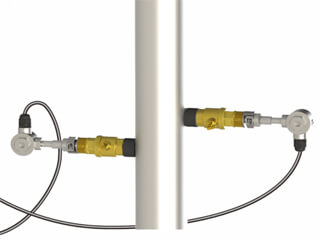
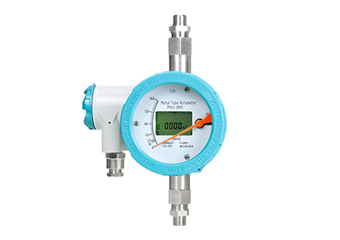
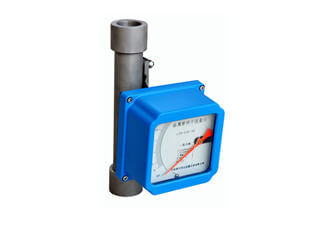
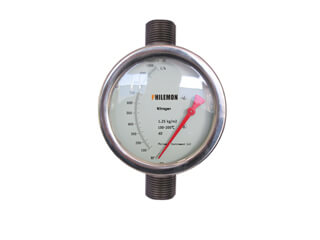
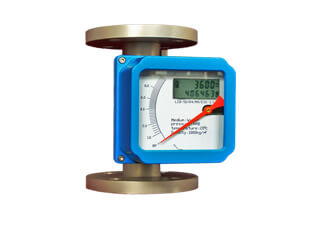
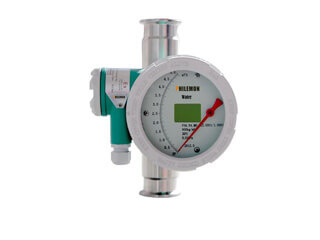
.jpg)
.jpg)
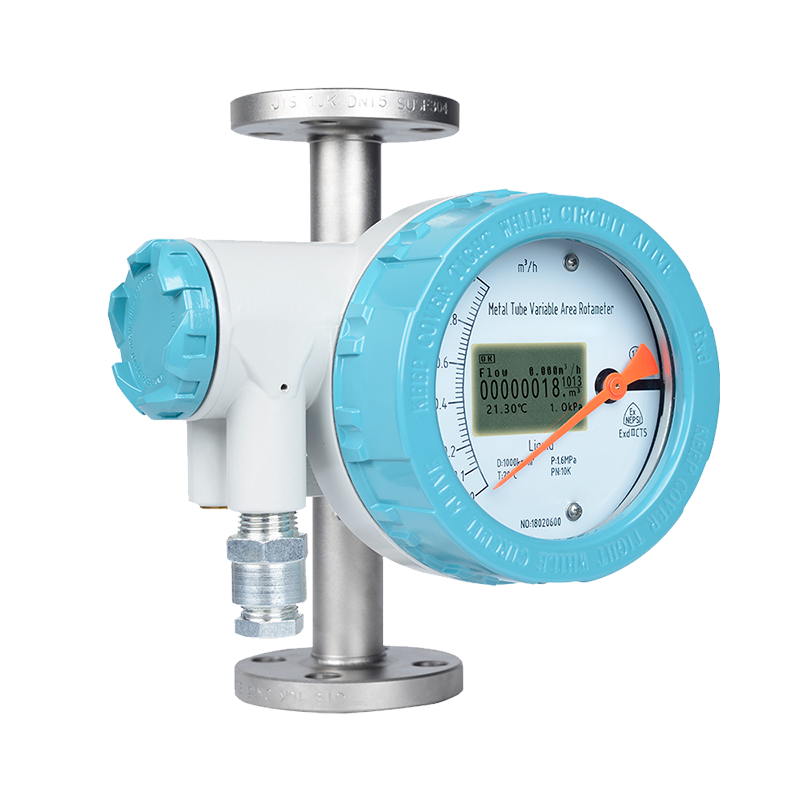
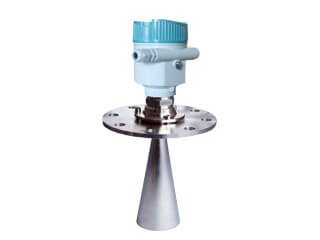
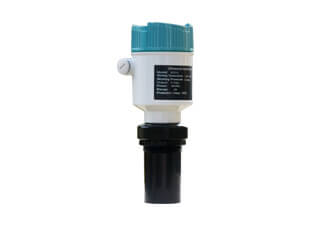
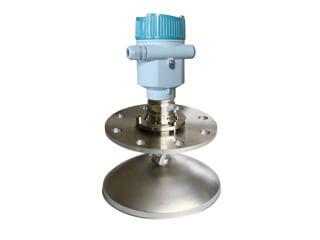
.jpg)
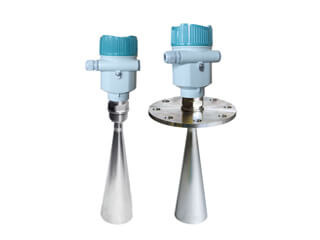
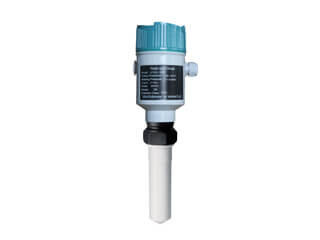
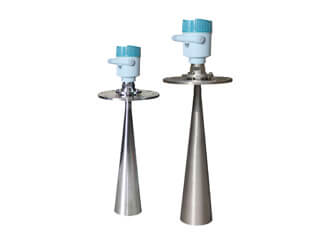
.jpg)
.jpg)
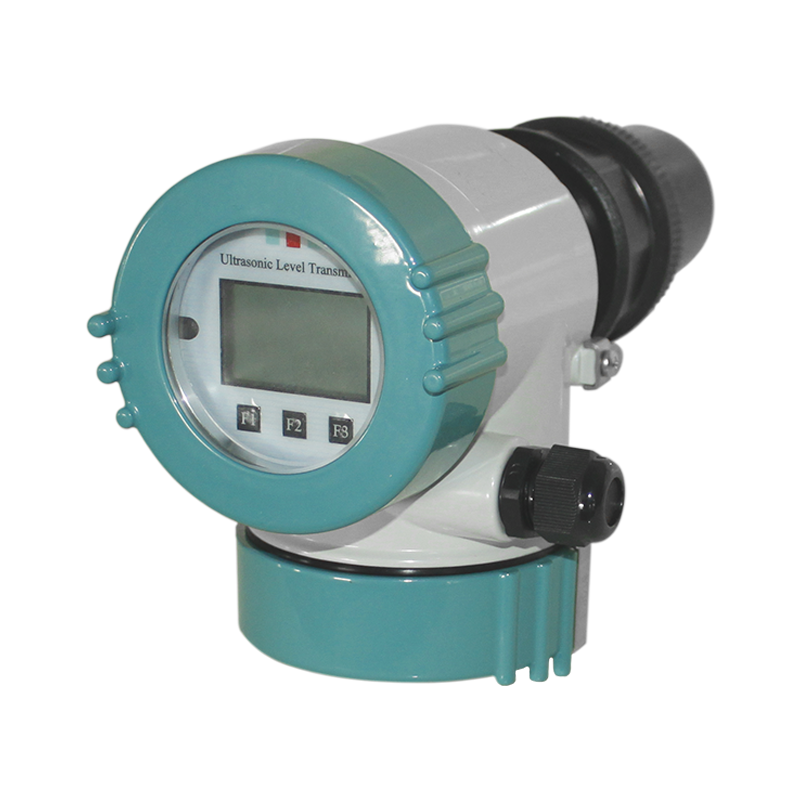
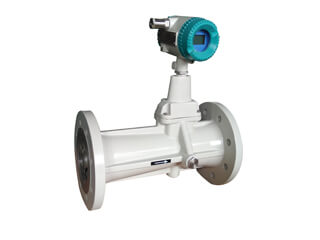
.jpg)
.png)
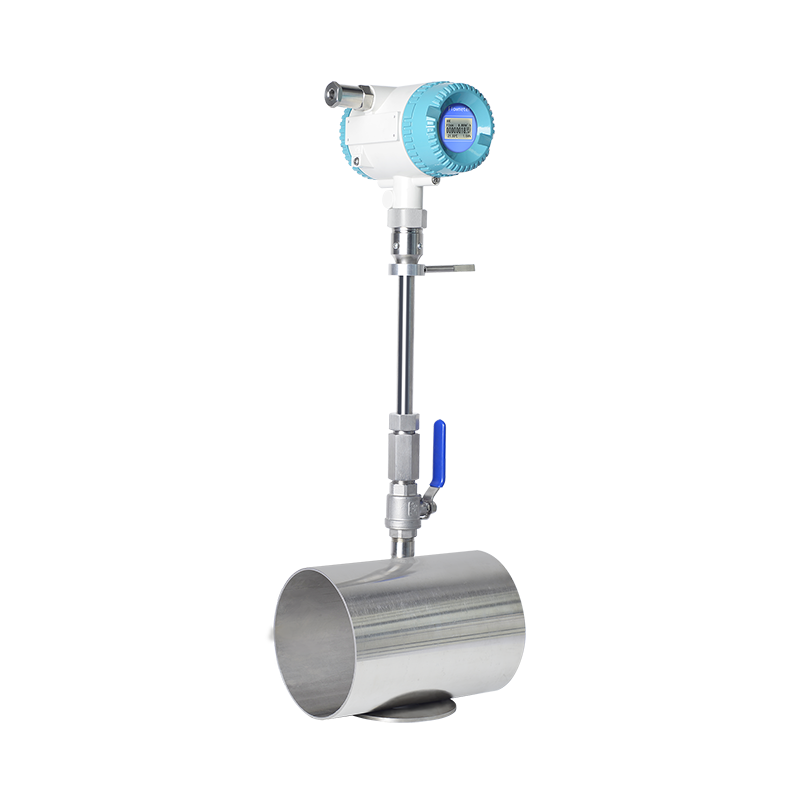
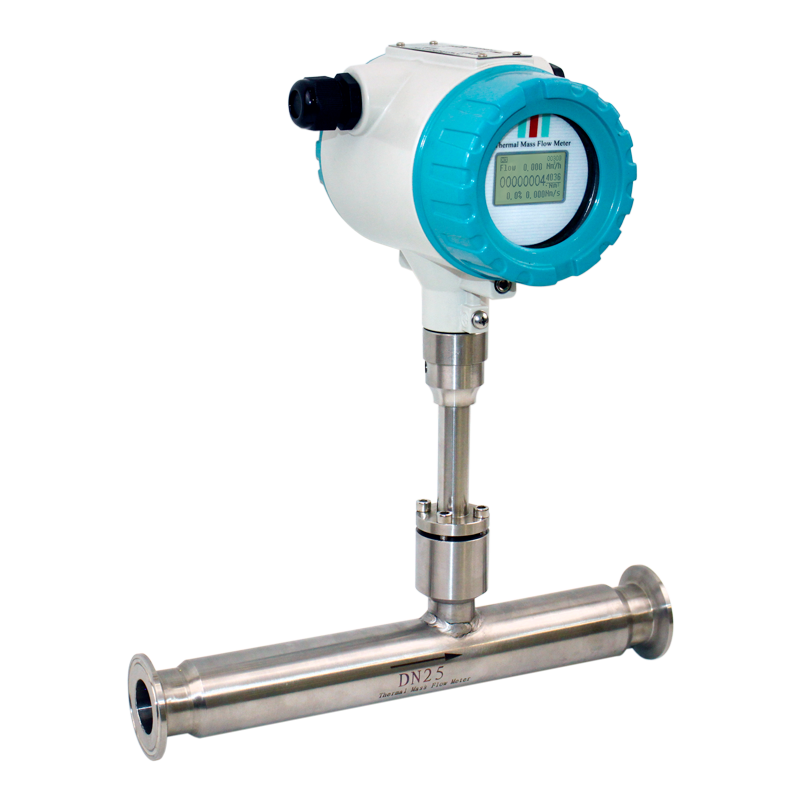
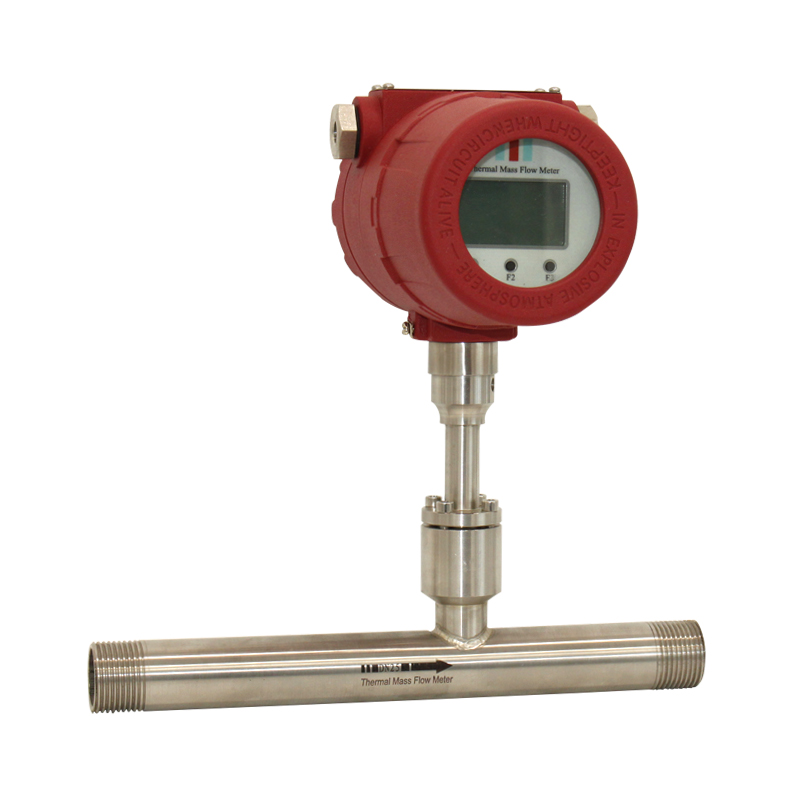
.jpg)
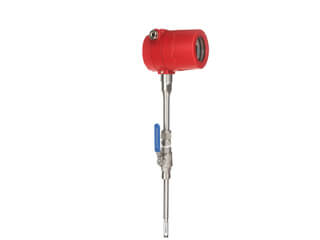
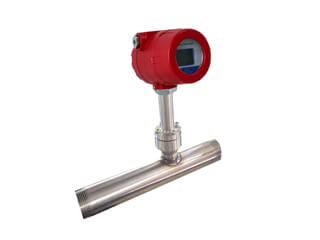
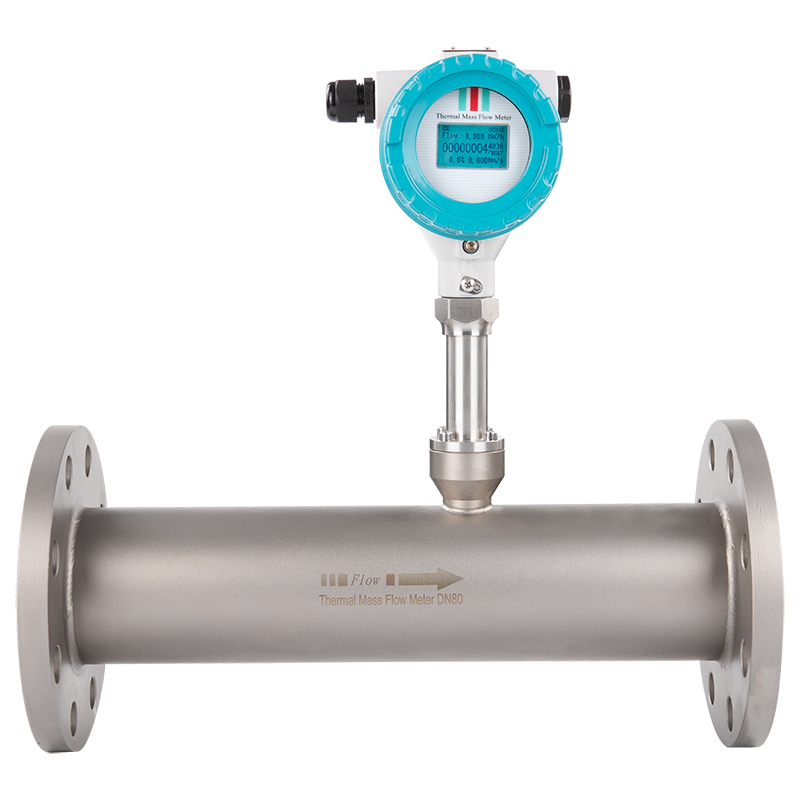
.png)
